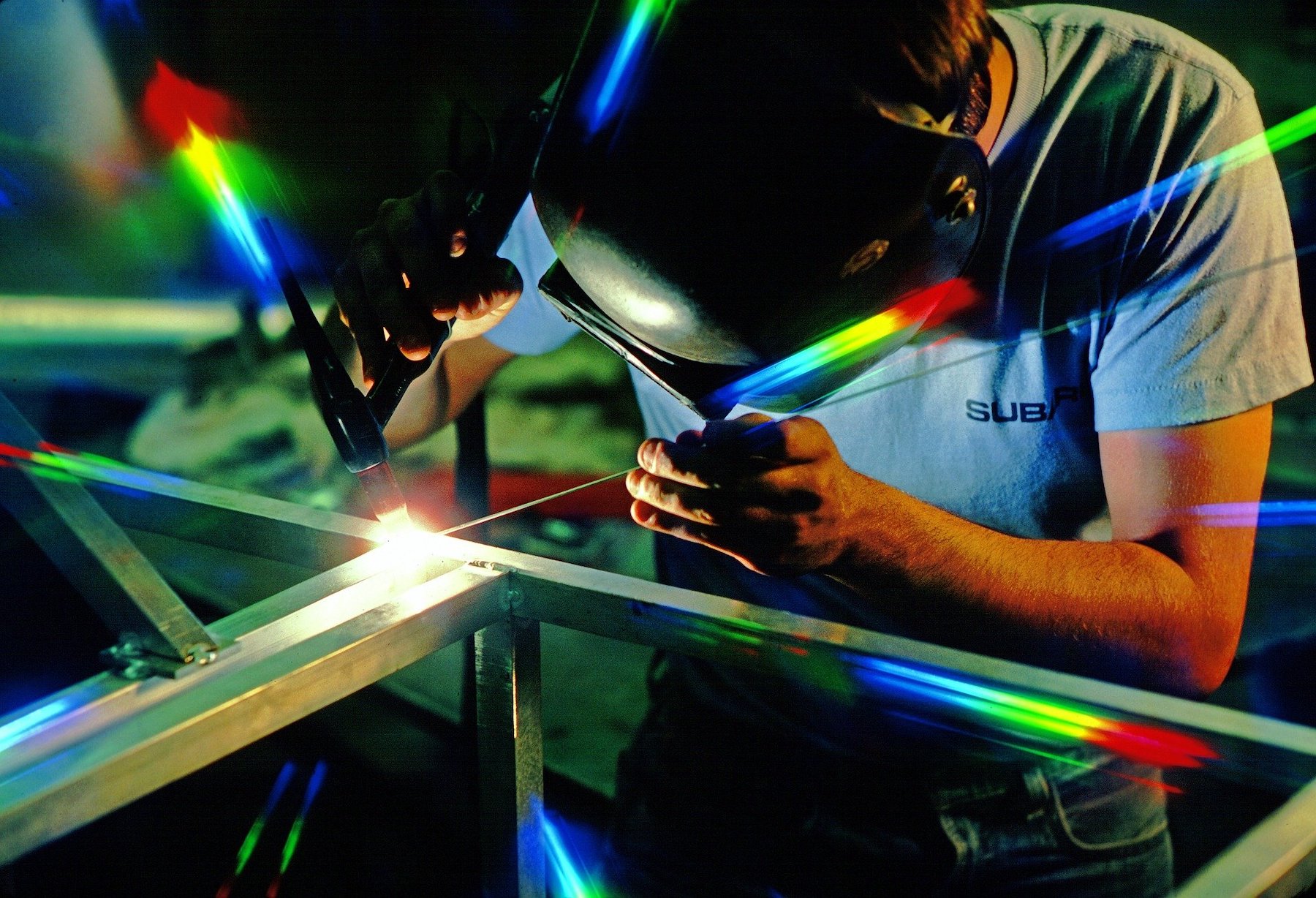The U.S. General Services Administration’s (GSA) Green Proving Ground program, in collaboration with the U.S. Department of Energy, has selected six innovative building technologies for evaluation in GSA’s inventory.
The technologies chosen are:
CO2-Based Heat Pump by Dalrada, based in Escondido, Calif. This combustion-free heat pump, using carbon dioxide as the refrigerant, promises to increase heating and cooling efficiency while reducing global warming potential.
Solar PV Tracking by Rocking Solar, based in Monroe, Ohio. This single-axis solar tracker promises to increase commercial rooftop solar photovoltaic production by adapting a proven utility tracking technology with a new low-profile rocker design that reduces friction, motor size, and the cost of sun-tracking.
Non-Metalized Window Film by 3M based in St. Paul, Minn., and NGS, based in Atlanta, Ga. This non-metalized window film promises to increase window thermal performance with increased durability, reduced reflectivity, and no cell signal interference.
Additive that Increases Heat Transfer by Endo Enterprises/Pace49, based in Bellingham, Wash. This hydronic additive promises to improve the heat transfer properties of water to reduce energy use in closed-loop HVAC systems.
EV Charge Management by WeaveGrid, based in San Francisco, Calif. This EV charge management solution integrates embedded vehicle telematics with utility signals to optimize charging based on vehicle use, utility rates, and the carbon content of delivered power.
Bi-directional EV Charging by Fermata Energy of Charlottesville, Va. This vehicle-to-everything (V2X) technology is expected to turn EVs into energy storage assets, increasing resilience and lowering the cost of EV ownership.
The evaluations are intended to validate the technical and operational characteristics of the technologies and their potential for future deployment.
Related Stories
AEC Tech | Jan 16, 2020
EC firms with a clear ‘digital roadmap’ should excel in 2020
Deloitte, in new report, lays out a risk mitigation strategy that relies on tech.
Building Technology | Jan 7, 2020
Tariff whiplash for bifacial solar modules
Bifacial solar systems offer many advantages over traditional systems.
Sponsored | HVAC | Jan 6, 2020
Four Ways Building Systems Create Long-term Profitability
When accounting for the total cost of ownership and the potential return on investment, owners and developers should consider total energy usage, the lifespan of building systems equipment, the recruitment and retention of occupants, and lease rates.
Sponsored | HVAC | Jan 6, 2020
Maximize Energy Efficiency in Class A Office Buildings With Modern Building Systems
Energy-efficient building design starts with the building envelope, but the building systems have a tremendous impact on energy use as well.
| Dec 18, 2019
Reconsidering construction robotics
After decades when experts predicted that robots would become more prevalent on construction sites, it would appear that the industry has finally reached that point where necessity, aspiration, and investment are colliding.
75 Top Building Products | Dec 16, 2019
Top Building Systems Products for 2019
FabricAir’s ceiling-hung fabric duct and Ellumi Lighting’s bacteria-killing lights are among the 13 new building systems products to make Building Design+Construction's 2019 101 Top Products report.
Building Technology | Nov 15, 2019
Tools for measuring embedded carbon in building materials are on their launching pads
The Carbon Leadership Forum and Thornton Tomasetti are taking the lead to drive the industry toward zero-carbon buildings by 2050.
Multifamily Housing | Sep 12, 2019
Meet the masters of offsite construction
Prescient combines 5D software, clever engineering, and advanced robotics to create prefabricated assemblies for apartment buildings and student housing.
Multifamily Housing | Jul 23, 2019
Is prefab in your future?
The most important benefit of offsite construction, when done right, is reliability.
Building Tech | Jun 26, 2019
Modular construction can deliver projects 50% faster
Modular construction can deliver projects 20% to 50% faster than traditional methods and drastically reshape how buildings are delivered, according to a new report from McKinsey & Co.















